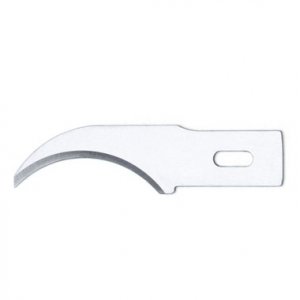Hi, [MENTION=23483]donwells[/MENTION].
The '12L' is when changing just the coolant without removing other parts at the time of coolant service although I would say it's more like 13L required.
Fair amount of old coolant would be left inside the system due to the way the pipe/hose goes up and down across the entire passage.
The 16.2L or 16.5L are the total system capacity.
You will never be able to drain this amount unless you remove the radiator, heater core, oil cooler (and ATF cooler), all of the pipes/hoses and even the eng block.
Front bank bleeder plug is located fairly high at the block and as the engine is tilted towards the rear, you will see some amount trapped inside the water jacket.
[MENTION=18194]Honcho[/MENTION], the amount of coolant depends on how you do it.
If your coolant is fresh (like less than a few months old), you can mix it with the new one but if it's like more than 6 months old, just drain the entire system.
No point in mixing old/new coolant from the point of rust inhibitor.
Even when you open all of the drain ports, there are fair amount of coolant left inside the system if none of the hoses/pipes were disconnected.
Never measured it accurately but from what I saw after removing the cyl head, the amount coming out while replacing the hoses & radiator, etc, I think I can only drain about 13L through the drain ports before removing any parts.
About 3 - 3.5L (not accurate, just my guess) left inside the system.
Never tried just opening the eng block bleeder ports though…..
While the tank is the heighest point, the two eng block bleeders are not the lowest....
You can leave the radiator side but better off opening the two drain plugs at the centre floor channel.
Not sure this is the same on the LHD model but the lower pipe/plug is the return flow from the radiator to the thermostat on the RHD.
Thermostat is the door at the return path from the rad so even you drain the coolant through the two eng block drain ports, the return hose is still full of coolant unless your thermostat is already dead and opened.
Addition to this, the heater circuit return hose is kind of installed horizontally that there are still lots of coolant inside there.
Even after you followed this, the hose at the thermostat cover is pretty much full of coolant due to the angle of the pipe at the firewall. As soon as you remove the thermostat cover, be prepared for the splash.
You will also splash some coolant when pulling out the thermostat.
I normally place cardboard under the gbox with lots of paper towel to absorb the spillage.
On many NSX, I saw oxidation and corrosion chewing into the thermostat cover and the housing.
Some of them were actually seeping tiny amount of coolant over many years.
Just recondition the cover and mating surface before the installation.
Kaz








